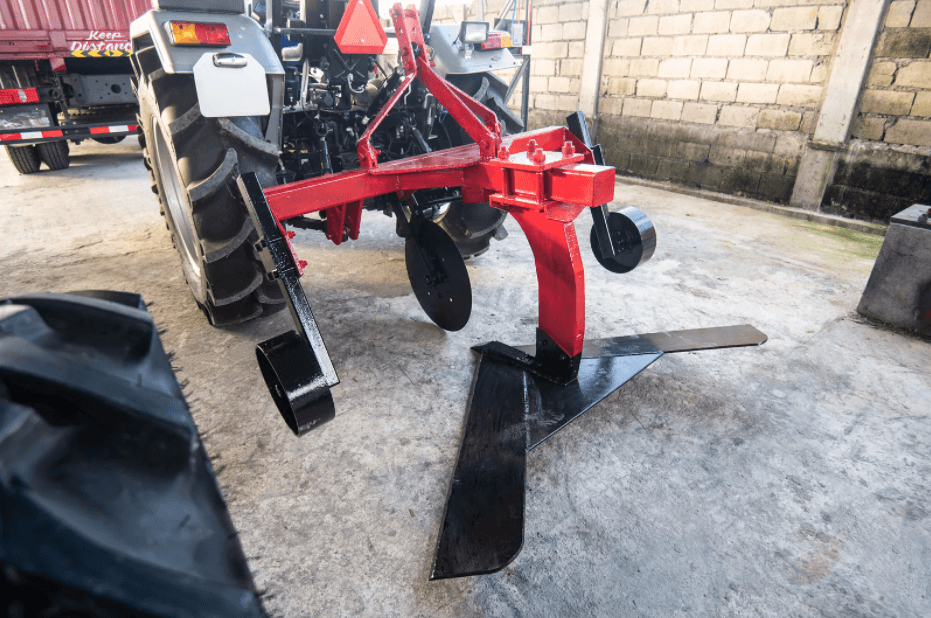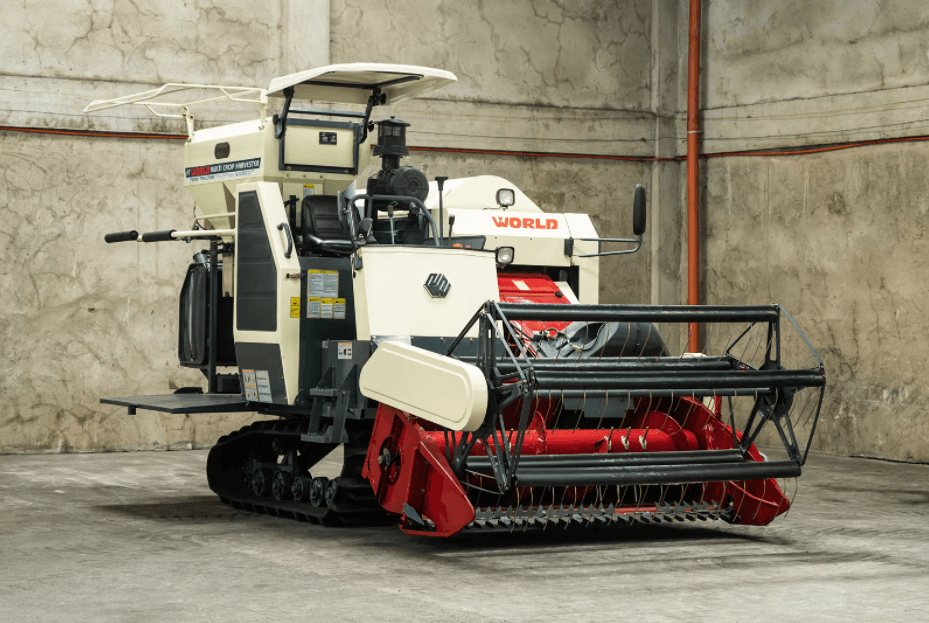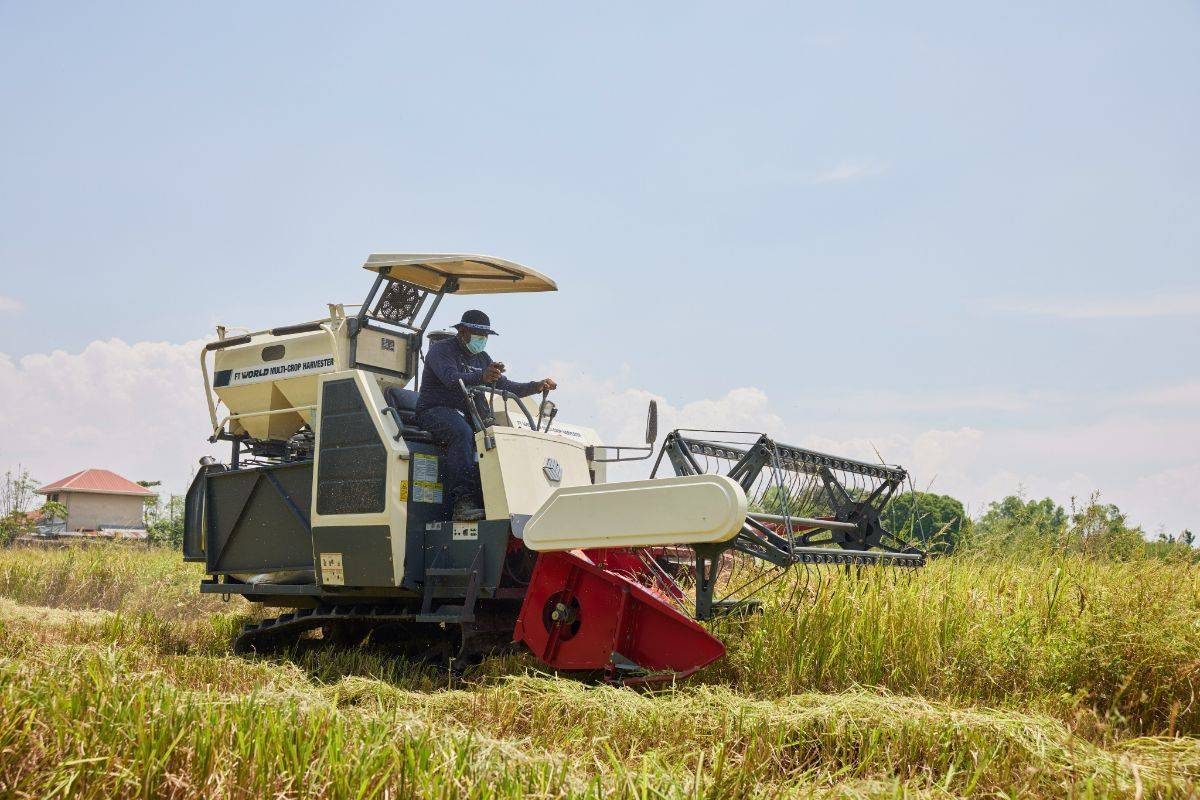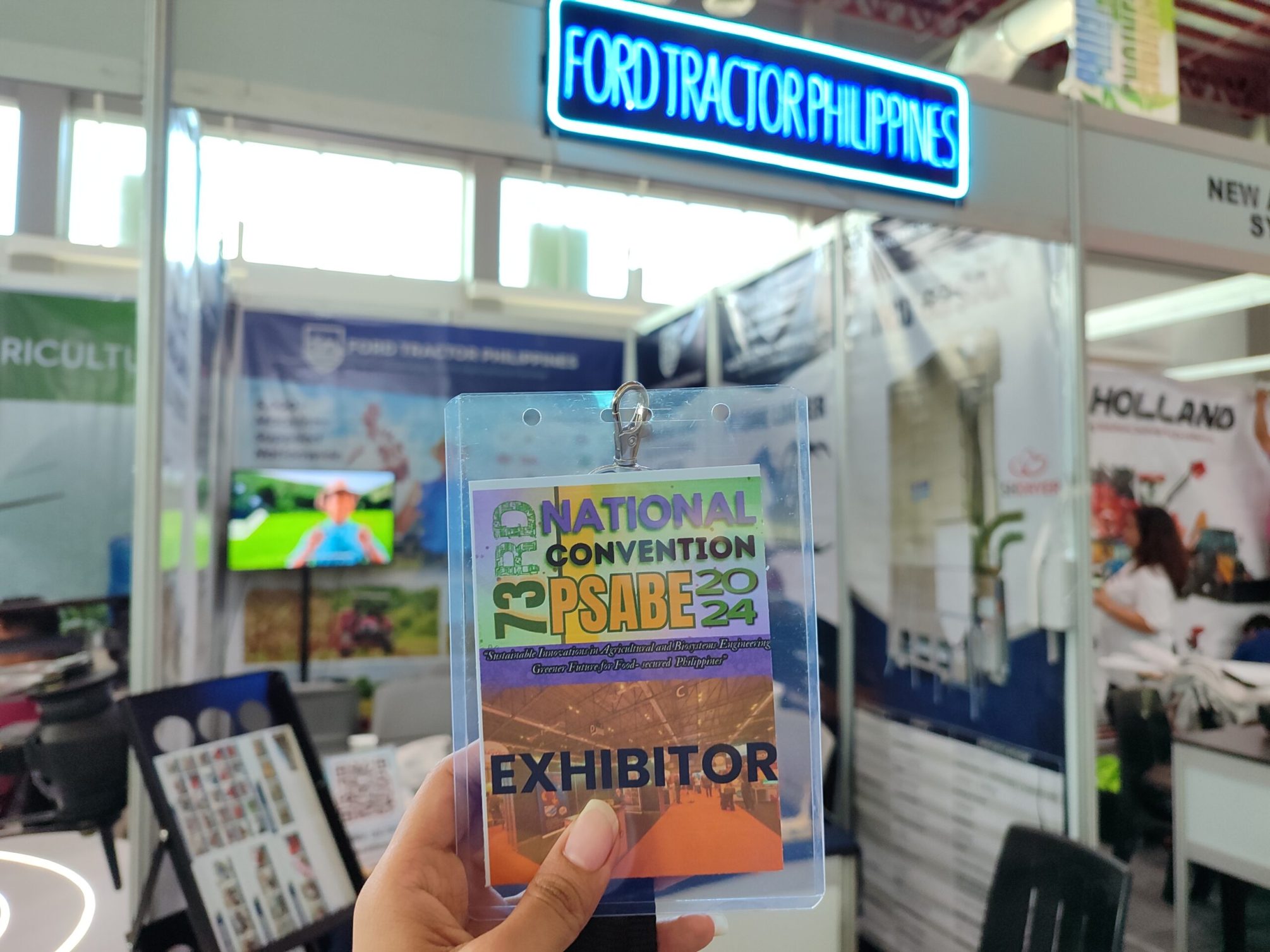How do harvesters work?
- Harvest multiple types of crops
- Perform multiple harvesting operations
- Driven by an operator
- Maintained like other agricultural machinery
Aside from a tractor, plenty of farms utilize a harvester in the Philippines. This farm machinery is capable of harvesting fruits and vegetables in a short amount of time, so you can cover more land, reduce overexertion, and sell crops with improved quality. But if you haven’t heard of them before, you might be wondering how do harvesters work.
A harvester is a type of agricultural machinery that is designed to do all the harvesting operations for you. This includes reaping, threshing, gathering, and winnowing. Because of this, plenty of farmers consider the equipment to be one of the most important possessions they have on their farm.
If you’re interested in this topic, you can keep on reading to learn more!
Harvest Multiple Types of Crops

The design of the harvester will depend on what type of crop it can harvest. For instance, corn harvesters are made to snap the ears from the stalk to harvest the grain and cobs. On the other hand, a sugarcane harvester cuts the crop from the base and chops the stalks into billets. Both are harvesters, but they are made for different crops.
Other than these, there are also machines that are capable of harvesting rice and cassava — which are also important crops in the Philippines. But if your farm plants many different crops, you can also consider a multi-crop harvester. From the name itself, it’s capable of harvesting more than one crop with ease. On top of that, it can perform all harvesting operations necessary.
Another benefit of using this agricultural machinery is the cleaner harvest. For example, the FT World Multicrop Harvester by Ford Tractor can harvest up to 10 hectares per day while ensuring that there are less than 0.57% total grain losses. This amount of land can be covered in just 8 hours.
Perform Multiple Harvesting Operations
If you’re handling a larger field or want to go through the harvesting season quickly, a harvester is one of the machinery that you should consider investing in. After all, harvesting requires a lot of work. Some farmers even work from dawn until sunset just to get their crops harvested on time. This can lead to overexertion.
But if you’re a farmer, you know how important it is to get the timing of the harvest right, so you need to look for alternative ways to achieve your goal. Anything too early or too late will affect the quality of the crop. Other than that, you also want the weather to cooperate with you, so you just have a small window when you can harvest your crops.
Fortunately, most harvesting machines are capable of performing multiple harvesting operations — such as reaping, threshing, gathering, and winnowing. Multiple hectares of land can be tackled in just a few hours, so you don’t have to overexert yourself and other farmers just to complete this important task.
Driven by an Operator

What makes a harvester useful for farming is how convenient it is. Instead of breaking your back when manually harvesting crops, you can just drive it through a field. This way, you can work for longer with minimal breaks.
Harvesters can be conveniently driven just like a tractor or a car. Just like a car, there are levers, pedals, brakes, and controls you can use to operate the equipment. You will sit down in the operator’s cabin, which is either open or enclosed. This way, you’re protected from the harsh rays of the sun.
But there are some things you need to remember when using a harvester. Unlike a car, it has attachments that are only suitable for farming. Take time to read the operator’s manual thoroughly and follow the safety precautions to the letter. Be aware of your surroundings and drive at a slow and stable pace.
Maintained Like Other Agricultural Machinery
All agricultural machinery requires proper maintenance and care. Before you start operation, make sure to check all components for damage and top up the liquids if needed. Some parts you need to regularly check include: the fuel tank, filter elements, battery, greasing points, radiator, engine, and tires. Other than these, don’t forget the harvesting equipment itself as it’s the most important component for this farming task.
You also need to have your harvester serviced in regular time periods to keep all components in the best condition. This might include changing oils, filter replacements, and more.
As a harvester is one of the most important pieces of equipment for your farm, it helps to have a long-term agricultural partner which can help you in case of a problem. Ask your supplier if they provide after-sales services and spare parts.
Key Takeaway
Harvesters can make it easier for you to handle your farm, even if you’re short on manpower. You will find a harvester that is suitable for your crop and has the capability to perform multiple harvesting operations. As the equipment is driven, you don’t have to overexert yourself even if you need to tackle hectares of land.
If you’re interested in how do harvesters work, you can send us a message here at Ford Tractor! We have multiple harvesting machines that are suitable for a variety of crops and farms. If you’re interested, we also offer tractors, planting machines, and other agricultural equipment.










